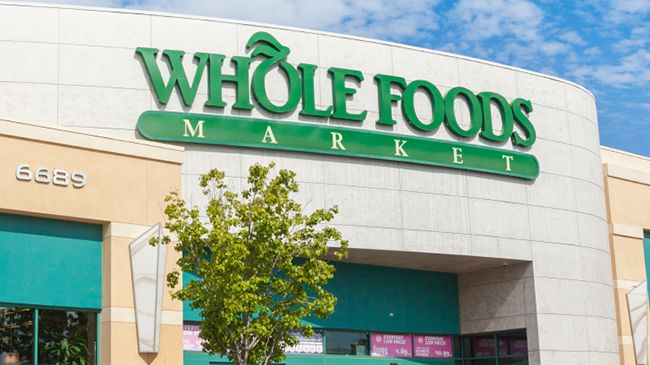Who doesn’t love Whole Foods? They have stellar products that succeed the highest quality standards and because of that you feel good about your purchases. It is a product maker’s dream to be a part of such an amazing company that thrives off diversity, helping local and small businesses, and has high name recognition. The bottom line: anybody can get a product in Wal-Mart or open an online store, but can those products pass the stringent requirements of Whole Foods is the real question.
The products at Whole Foods have met rigorous standards and that’s for every item you find in those beautifully constructed establishments. They evaluate all products sold and they currently have 50 common ingredients found in most body care products that are not in the products they sell. You are only going to find the finest, most wholesome products and if you feel your own product needs to be among that elite group then there are a few things you need to know.
What you need to do
You can easily go to the Whole Foods site and gather the information on how to submit your DIY creation for inclusion into one of the most coveted stores to date. One thing in your favor is each store’s consumer demographic varies amongst their different geographical regions. This allows your creation to be considered by the Whole Foods in your region. Each regional office has different review procedures with specific submission requirements, so check your local Whole Foods regional office for more information on the process prior to your admission.
Now, there are other eager product makers vying for a spot on those shelves. Competition is fierce for inclusion as many are just as passionate about being environmentally friendly and using organic products or using natural ingredients in their creations. So how can you stand out from the others? Here are a few tips that may help.
Have an amazing product
Ok, this goes without saying, but I add this good reason. Put actual thought and passion into your creation. You can have all the right ingredients, intentions, and packaging but if your product lacks originality then what’s the point? Do not study what is already on the shelves and duplicate it. Make sure your product has a distinctive uniqueness. Whole Foods does not have a lot of the same products; each item brings something to the table, especially their body products.
Know what Whole Foods looks for in products
This may seem like a contradiction to the first tip but it really is not. Taking a look at the website for their quality standards and knowing what are acceptable and unacceptable ingredients is just you doing your due diligence as a product maker. Those standards are not changing, as the goal of this retailer is to provide quality products that are safe for humans, animals and our world. Do not bother wasting your time or theirs by submitting products that contain one of the 50 common ingredients that are forbidden. If it is a pertinent ingredient to your product then Whole Foods may not be the retailer for you.
Do not undermine packaging
This does not mean your bars of soap have to be wrapped in gold foil. On the contrary, whatever is your niche make sure your packaging emits that appeal. Hand-written labels may be cute for starting out but this is a business and you must step up your game for inclusion into this arena. If you want to be taken seriously and sell your product in Whole Foods, then you have to use packaging that contains the same elements (e.g. nutritional labels, ingredients, UPC’s”> as similar products within your same category. Aside from those particulars, be unique and alluring with your packaging.
Be prepared
Yes, that means have an infrastructure set in place for invoices, shipping and handling, distribution, and even potential in-store demonstrations of your product. Whole Foods will be expecting things like product liability insurance, a product spec sheet, including photo dimensions, USDA organic certification (if claiming to have it”> among other basic business expectations for a seller. Be prepared and adapt quickly to what is expected of a full fledge business.
Build awareness
Creating a buzz around your product locally will go over well with the Whole Food buyers who do regularly browse at regional artisanal events. They also listen to their customers so if you are gaining popularity within your community and meet the standards for Whole Foods, you may be build awareness before pitching your product. There are no guarantees that Whole Foods will carry your brand, but if customers are wanting to see your products on those shelves, Whole Foods may be eager to find out just who you are and what has gotten people so excited about your creations.

